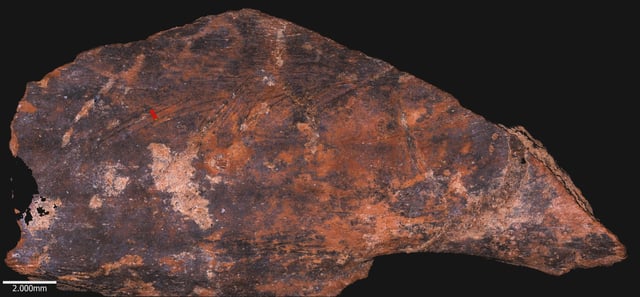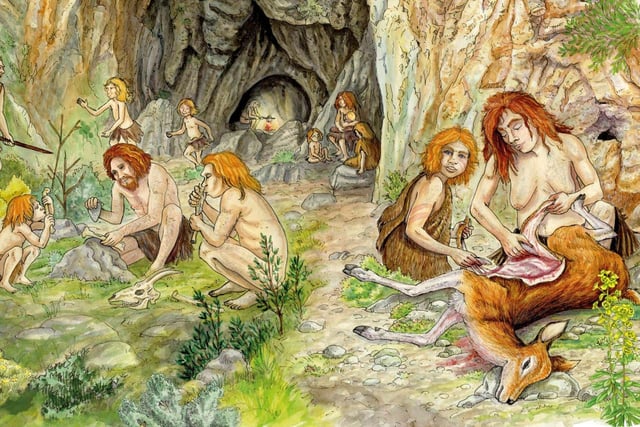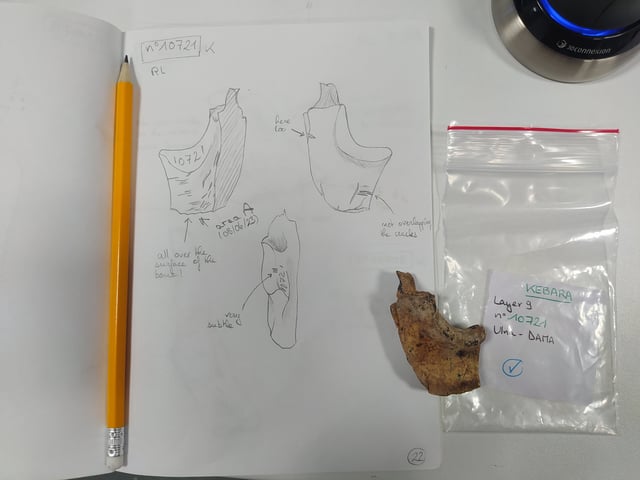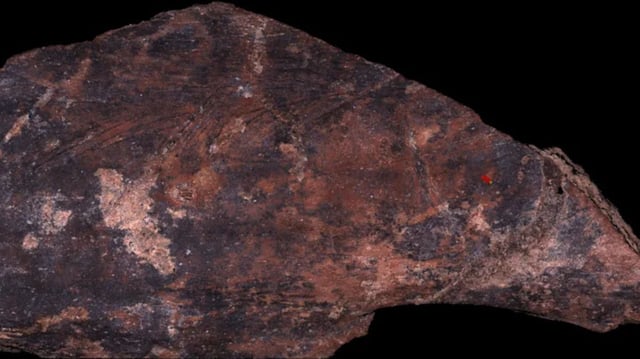Overview
- Amud and Kebara caves, occupied by Neanderthals 50,000–60,000 years ago, yielded similar flint tools and prey remains yet showed contrasting bone cut-mark patterns.
- Amud specimens featured 40% burned fragments with dense, overlapping cuts while Kebara bones had only 9% burned remains and more linear incisions.
- Experimental archaeology ruled out variations in tool type, butcher skill and prey selection as drivers of the divergent cut-mark patterns.
- Researchers suggest deliberate practices such as meat drying or decay and differences in group organization during butchery may explain Amud’s heavier fragmentation.
- Consistency of these cut-mark signatures across older and younger layers indicates that local butchery techniques were taught and maintained over centuries, and further studies are needed to explore Neanderthal social learning.



